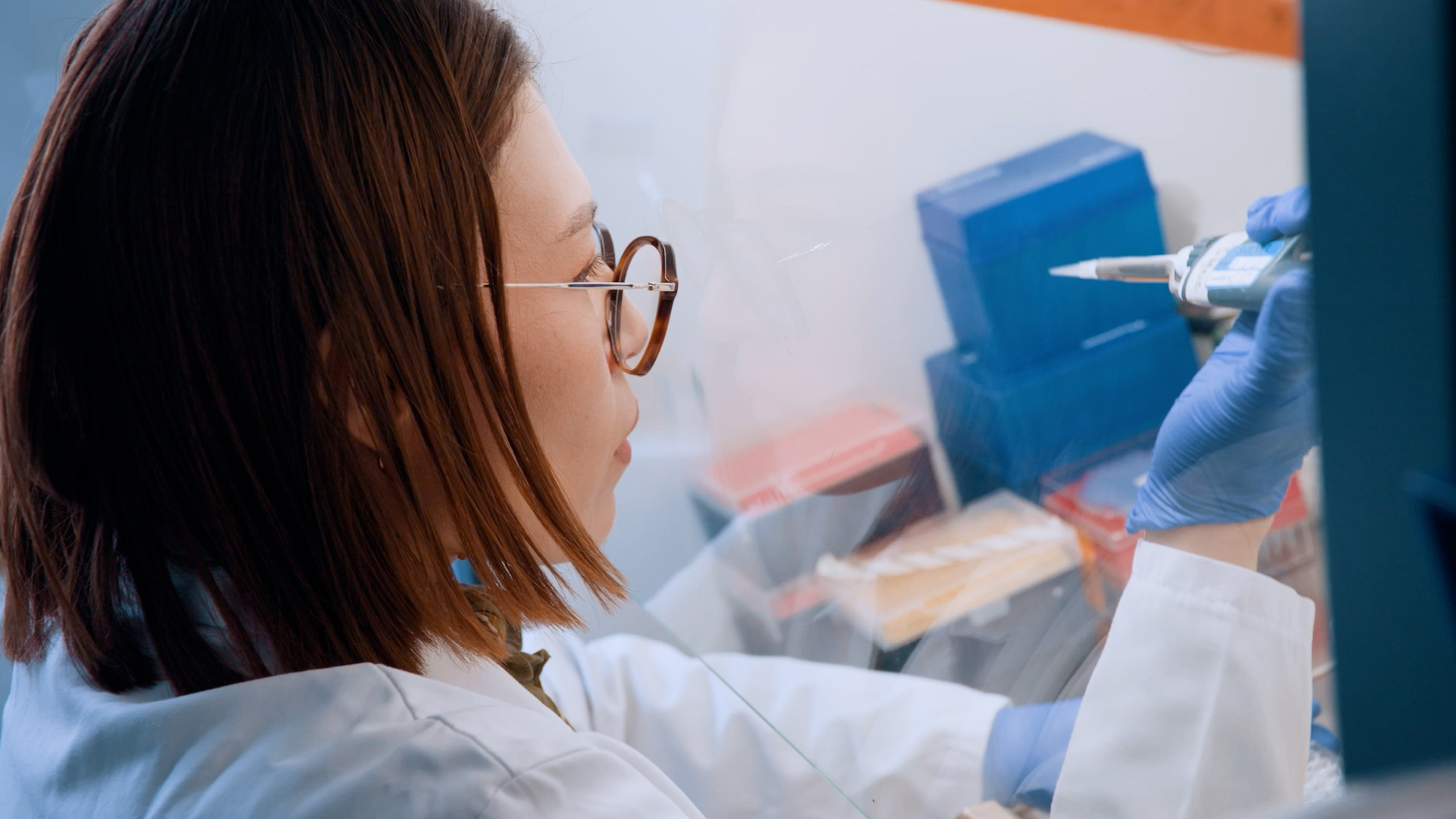
A new Copilot tool will give Institut Curie researchers more time to focus on cancer
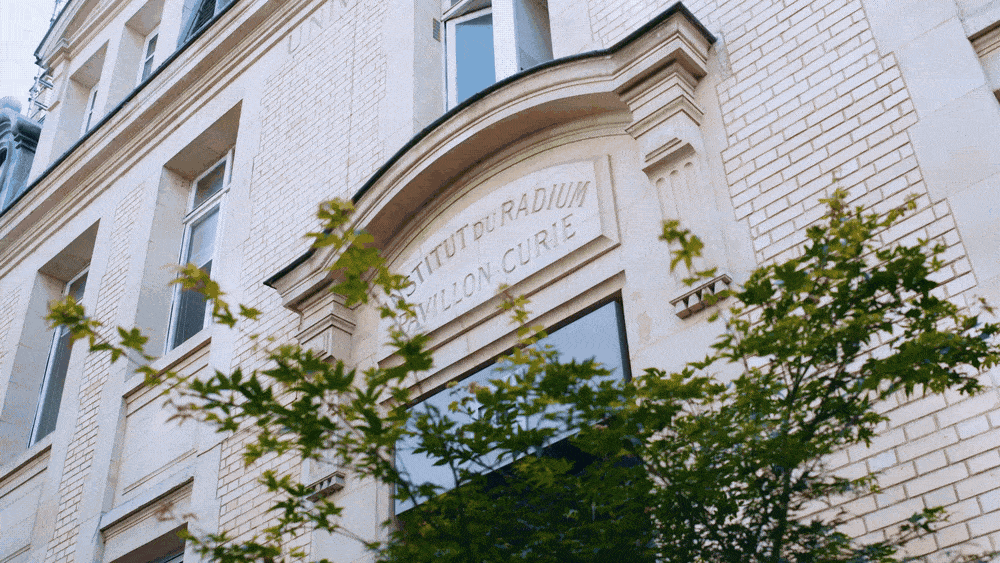
Curie is a name synonymous with leading medical research and scientific discovery. Institut Curie was founded in 1909 and was established as a laboratory of excellence, headed up by Marie Curie, the groundbreaking scientist. Fast forward over a century and Institut Curie, the first French research and cancer center, still leads the way. Located in Paris, Saint-Cloud and Orsay and made up of an internationally renowned research center and a cutting-edge hospital group, Institut Curie treats all cancers, even the rarest forms. Its hospital group cares for approximately 56,000 patients annually, making it one of the leading cancer treatment centers in France and internationally.
When the main job involves something as crucial as fighting cancer, time-consuming administrative tasks can be a source of frustration. That’s why Institut Curie, one of the world’s foremost centers for cancer research and treatment, is turning to AI to assist researchers with non-research parts of their jobs.
To cope with the Covid-19 pandemic, Curie employees relied on Microsoft 365 to communicate quickly, hold meetings and share documents. With the addition of Microsoft 365 Copilot, they see even more potential. Institut Curie is working with Microsoft and partner Witivio to create an agent to help with administrative and other time-consuming tasks in their day-to-day work. The new agent is called Copilot for Researcher.
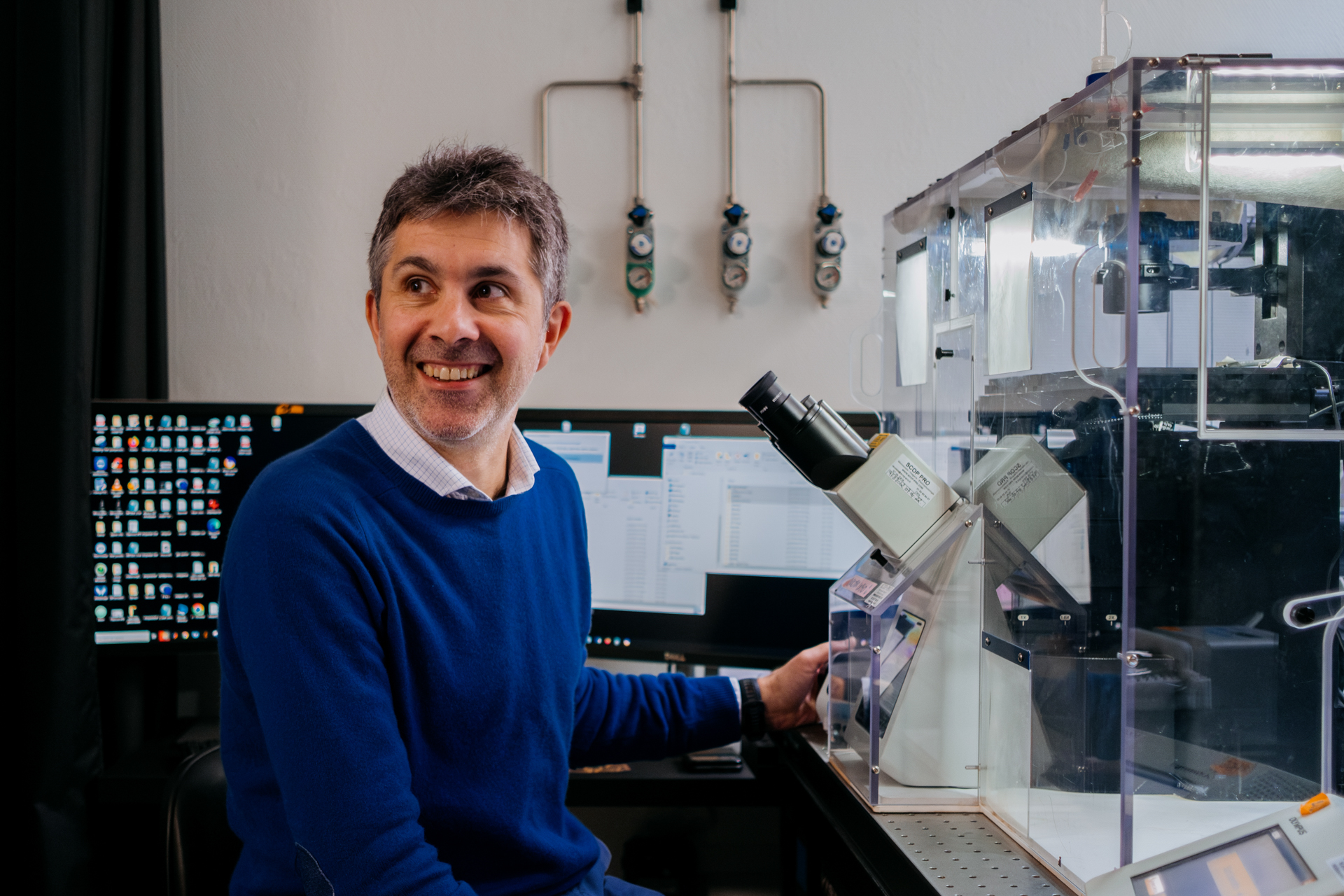
“Cancer is widespread for many different reasons, and it’s critical to put the maximum time we can in searching for a solution to it.”
Pascal Hersen, head of Institut Curie’s physics lab and a senior research director with CNRS. Photo by Anastasia Pivovarova for Microsoft.
“Cancer is widespread for many different reasons, and it’s critical to put the maximum time we can in searching for a solution to it,” said Pascal Hersen, head of the Institut Curie’s physics lab and a senior research director with France’s National Scientific Research Center, or CNRS, after its French initials. “Whatever the distance from the cure, there is this need to be more efficient.”
In the institute’s wet labs, the work is intense. Researchers in white coats lean over microscopes and transfer vials to various machines that shake or swirl their contents. The labs have emergency showers and eye-cleansing stations, although the offices are sunny and full of plants. Signs in English and French – the institute employs more than 70 nationalities – admonish employees to recycle. At the main entrance, which serves both the research institute and the hospital, women come and go wearing turbans to cover their hair loss from treatment. It is impossible to forget the people for whom research cannot happen fast enough. For more than a century, the Institut Curie has been leading the way.

Marie and Pierre Curie discovered polonium and radium, two radioactive elements. The Curies developed radiation therapy for cancer, and the Institut Curie has kept up the multidisciplinary tracks of cutting-edge scientific discovery, applied research and treatment of cancer patients.
Hersen leads fundamental research using physics to understand life, using quantitative methods and modeling to study the emerging properties of genetic networks, proteins, cells and tissues to better understand the origins of cancer. A colleague, Céline Vallot, is a research director at the CNRS and leads the dynamics of epigenetic plasticity in cancer group, focusing on triple-negative breast cancer, one of the most aggressive subtypes. Epigenetic changes are those that alter how genes act without being mutations. “Everything outside of mutations gives us a lot of hope in cancer research because these phenomena are partially reversible,” she said. By understanding these mechanisms, the hope is to eventually turn them back.
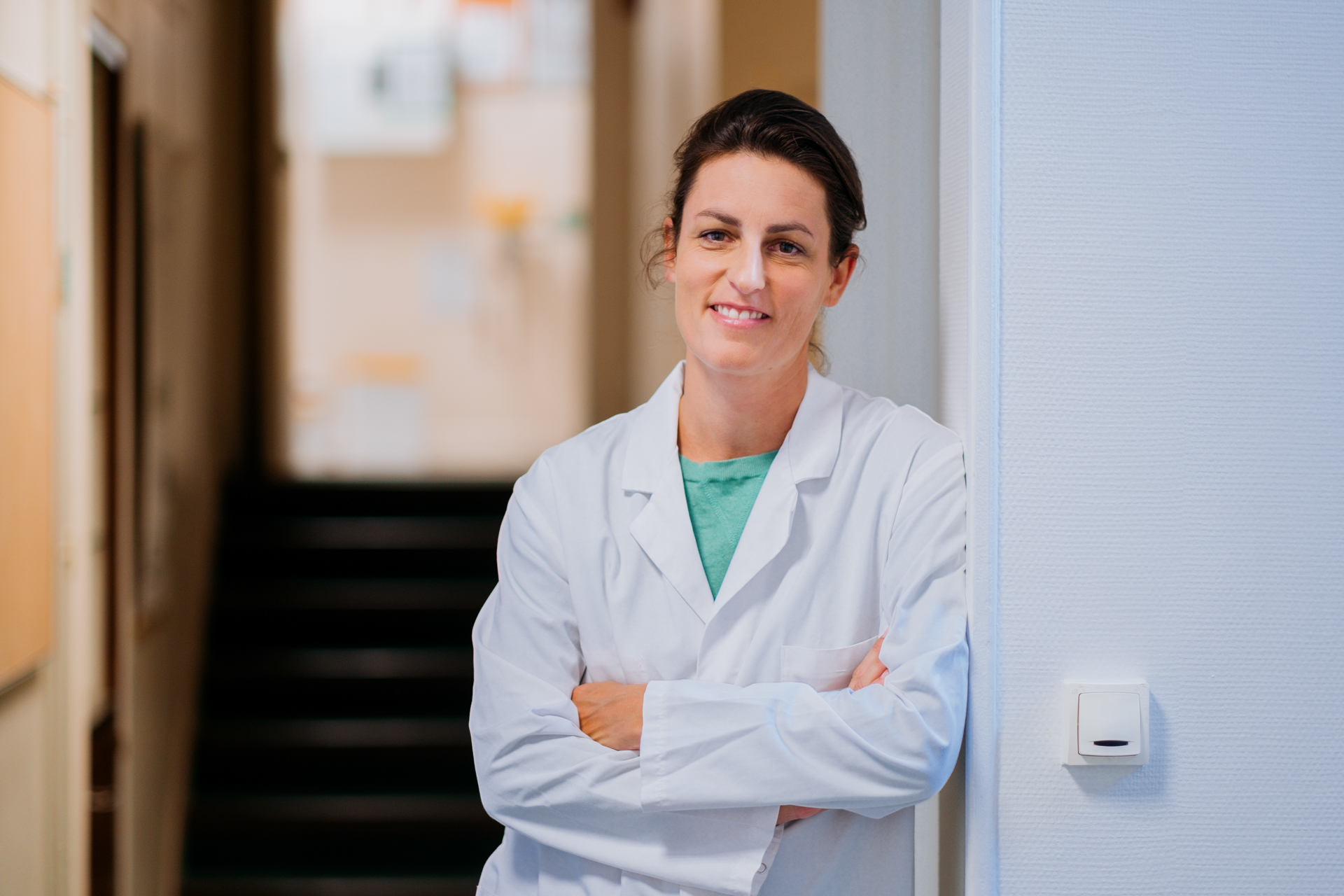
“Everything outside of mutations gives us a lot of hope in cancer research because these phenomena are partially reversible.”
Céline Vallot, research director at CNRS and leader of the dynamics of epigenetic plasticity in cancer group at Institut Curie. Photo by Anastasia Pivovarova for Microsoft.
While the Institut Curie has used AI for more than a decade, training deep learning models on medical scans to recognize tumors and help with diagnoses, for example, it launched a drive two years ago for digital transformation throughout the organization, said Julien Dufour, Curie’s director of digital transformation. “What is new today is the democratization of AI tools like Microsoft’s across the entire institute, notably through Microsoft 365. The daily and administrative tasks are necessary to researchers’ work, but they are losing too much time on these back-office tasks. That is the first use case.”
Improved scientific searching

They may want to learn how other researchers approached a problem or the steps they took to conduct an experiment. Researchers currently check scientific databases such as the biomedical archive PubMed, BioRXiv, ScienceDirect or HAL, using keywords.
The Copilot for Researcher will let researchers use natural language queries to retrieve more relevant results from the same databases that Curie subscribes to or that are open to the public, grounding the Copilot in the same sources the researchers have been consulting manually. Every scientific paper already has an abstract, but sometimes the researcher wants other information that’s buried in the article – information that isn’t among the handful of main findings in the abstract. Copilot for Researcher can unearth that information, summarize it and provide a citation for the bibliography if the researcher decides to use that tidbit later, relieving the researcher from tedious cutting and pasting.
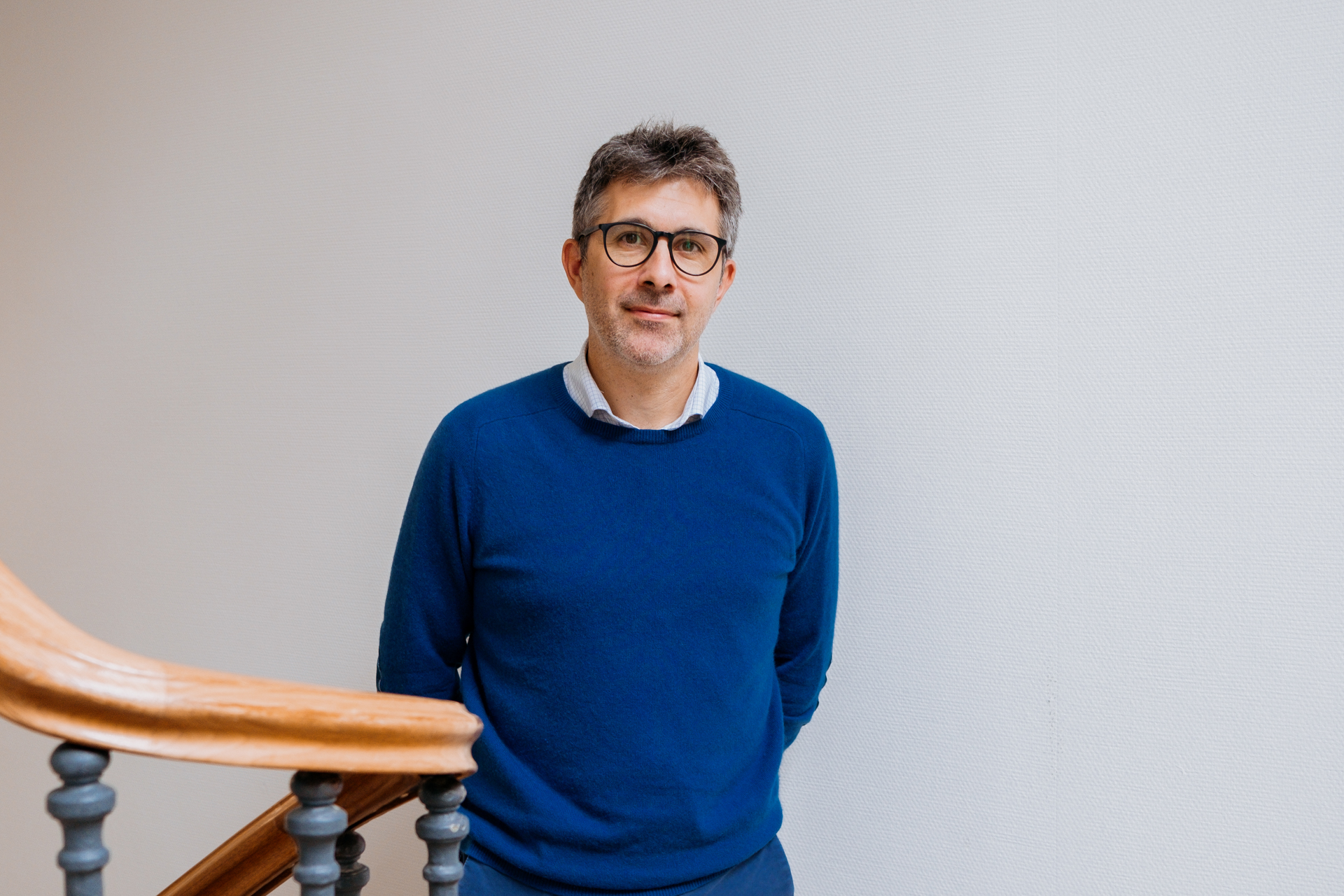
“When I spend my time finding a number in 100 papers, I can do it,” Hersen said. “But my time can be better used. It’s the same for every position, even a Ph.D. student or even a Masters student. They have been studying in the best universities for three, five, ten years, and their time should be better used than to do mundane searches.”
Pascal Hersen, head of Institut Curie’s physics lab and a senior research director with CNRS. Photo by Anastasia Pivovarova for Microsoft.
“When I spend my time finding a number in 100 papers, I can do it,” Hersen said. “But my time can be better used. It’s the same for every position, even a Ph.D. student or even a Masters student. They have been studying in the best universities for three, five, ten years, and their time should be better used than to do mundane searches.”
To respond to a call for projects for European Union funding of over a million euros, Vallot has to produce a document of about 20 pages, starting with an overview of the literature to see what has transpired around the topic in the past few years, why it’s important, what is missing or needs to be researched. “It’s painstaking work to first find the documents, digest them and then propose new ideas,” she says. “It takes a lot of time, and it’s exactly one of the things we want this Copilot agent to do – not to write my proposal but to produce the relevant articles with summaries. It’s not searching for four articles that’s the best use of my brain.”
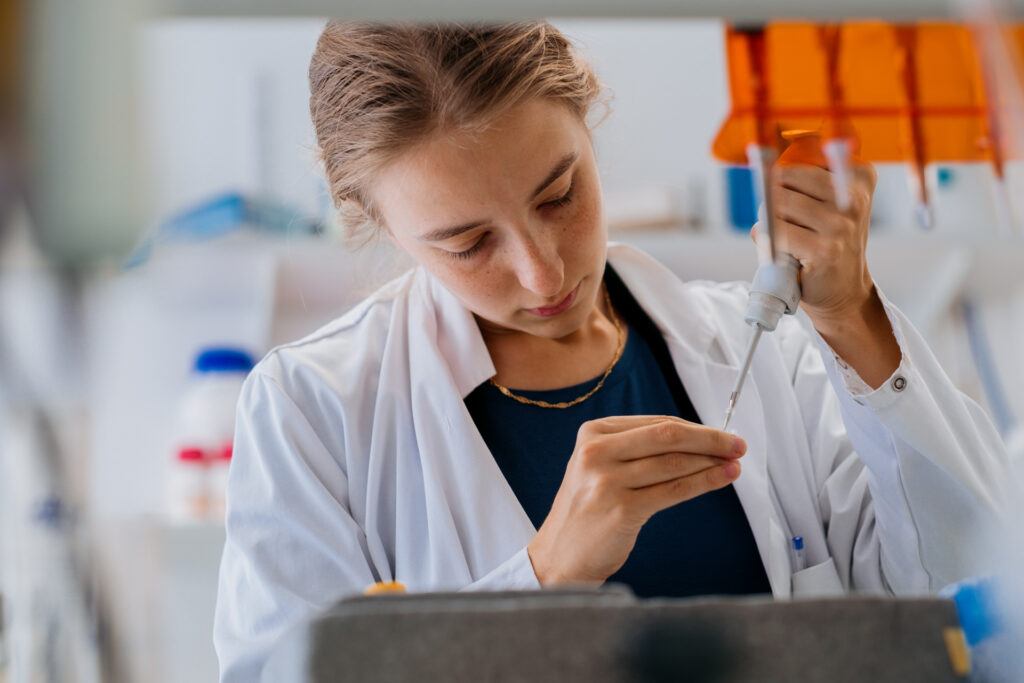
In a similar vein, researchers regularly are asked to evaluate others’ work, or to help decide whether a research project should be financed. One part of those tasks involves searching databases to ensure that the idea is original. Or perhaps the topic isn’t directly within the researcher’s expertise and they need to read up about it. That now involves time-consuming keyword searches, which could be done much more quickly with Copilot for Researcher, which will be able to provide, say, a one-page summary.
“You can always keep control. You can always go back to the paper. You can always troubleshoot things, but you have a first level of analysis, which is not hard, but very time consuming,” Hersen said.
In addition to being researchers, they are writers, editors, evaluators, recruiters, managers, project managers, accountants …. Many also teach.
“The more they publish well, the more they are recognized in their domain, the more they are experts, the more things are demanded of them, often without being paid extra,” said Tatiana Malherbe, deputy director of the Institut Curie’s research center.
Better supply management
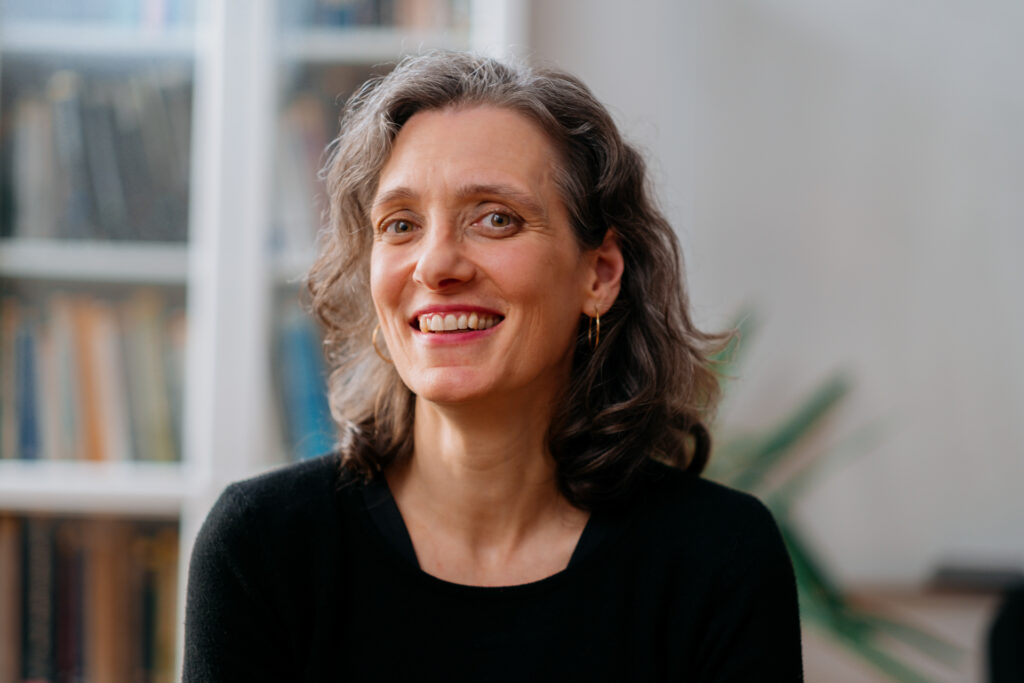
Institut Curie counts 1,200 researchers spread over three sites in the Paris region, so contacting colleagues isn’t as simple as a walk down the hall. Instead, they have been using an all-points email called TLM, for tout le monde (“everybody” in French). Success depends on whether the colleague with the sought-after material is traveling for a conference or is caught up on emails, for example.
There’s one place where all the information about materials exists: in the institute’s order forms and invoices, which list the product, the date, the amount and the researcher who placed the order. However, suppliers use different formats for receipts and order forms, making this treasure trove of information unsearchable before AI. The AI in Copilot for Researcher can cross-reference the results with the internal directory, allowing the first researcher to easily chat with the second one via Teams or via Outlook, without filling the inboxes of tout le monde, explained Nicolas Humann, CEO of Witivio, a Lyon-based startup that creates applications with a focus on serving employees. Copilot for Researcher can also cross-reference the materials against research papers, to show names of colleagues who have used it successfully and who might be able to offer advice.
This Copilot agent will help inventories stretch farther, saving time, money and environmental costs. It also may help identify when a team is analyzing a particular sample that has already been tested. “If two researchers are competing, that’s how it is. But we are in the same institute, and if it’s a sample available in limited quantities, it’s better to do a different analysis or to use the results of the test that was done already,” Malherbe said.

Scientific visual search
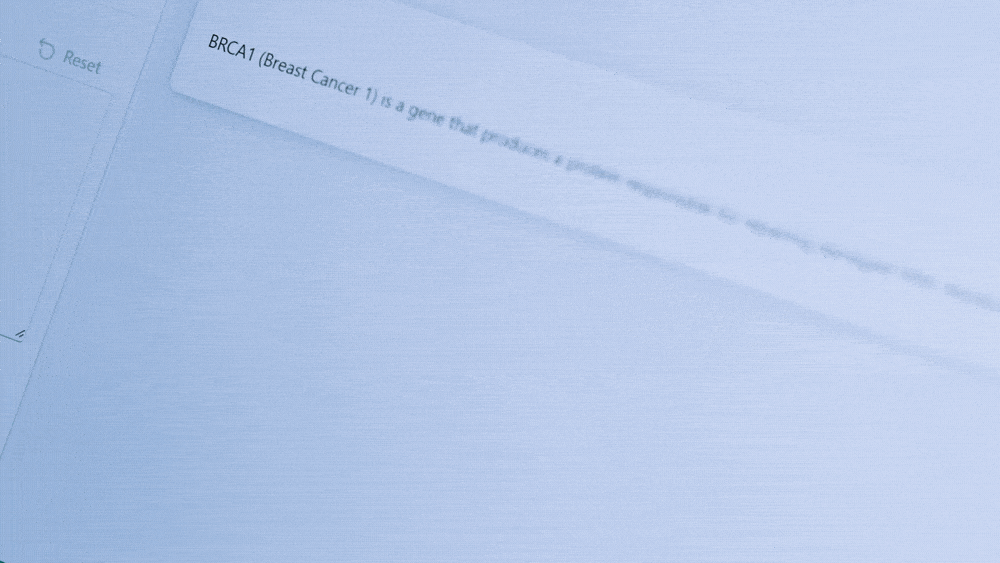
“If I were able to ask the Copilot for Researcher, ‘find me the papers that show that type of cell in that context and give me the figures,’ that would save me a lot of time because this is not in the abstract,” Hersen said. “This is not indexed by any other search engine. This is the kind of thing I need to download as a PDF and go see the paper to find such information.”
Not to mention the time wasted when the downloaded paper doesn’t have the exact information sought after.
Copilot for Researcher will also be able to search databases like UniProt and the Human Protein Atlas, two open-access repositories of information about proteins, including graphic representations, said Humann of Witivio.
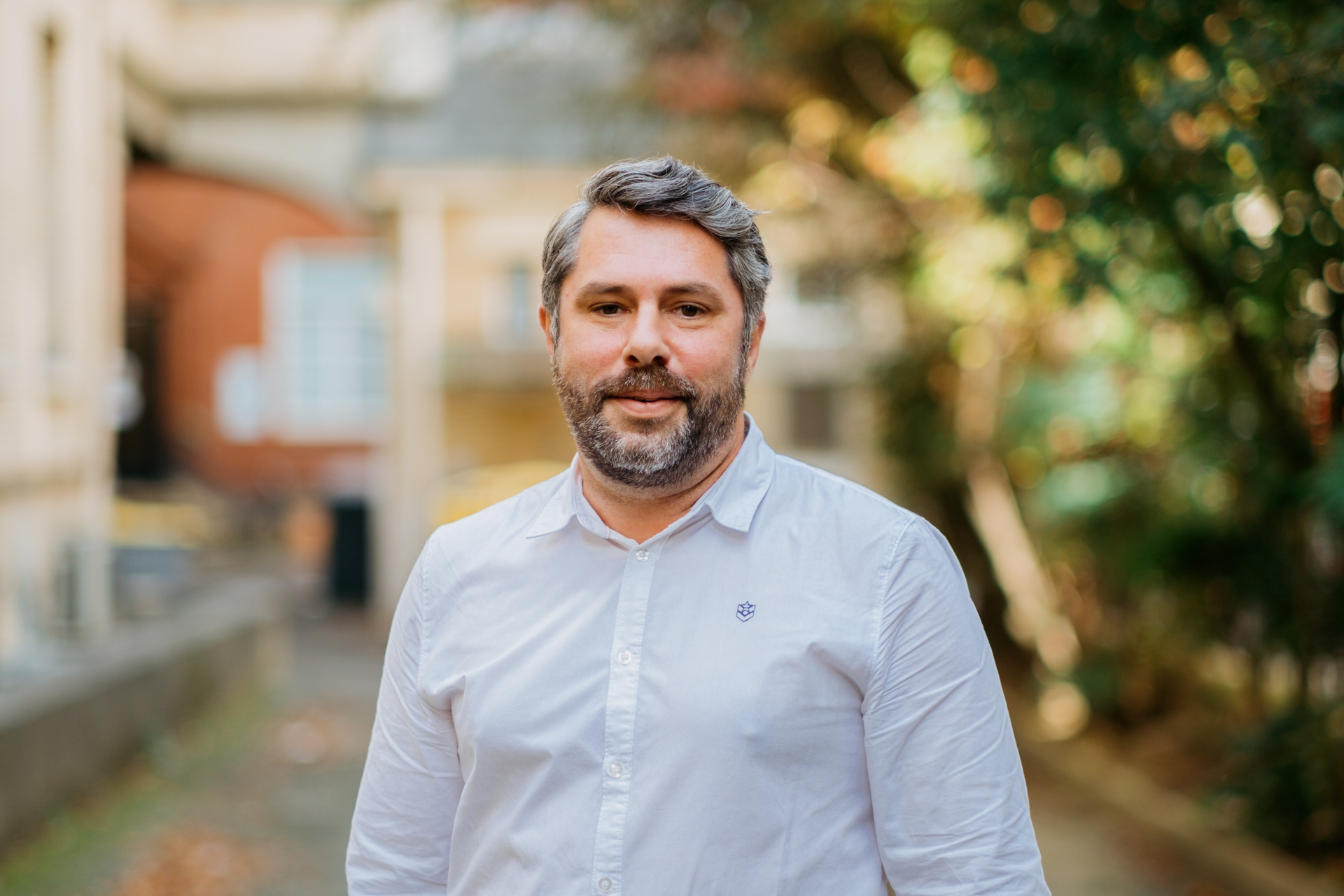
“The scientific curiosity, the scientific exactitude is the know-how of a doctor or a researcher,” he said. “When we use a tool, it’s to speed up research, and anything the AI produces should be validated.”
Julien Dufour, director of digital transformation at Institut Curie. Photo by Anastasia Pivovarova for Microsoft.
Sharpening the focus for the future
Dufour, the digital transformation director, sees Copilot for Researcher as a first step of a systemwide revolution. The laborious paperwork does serve a purpose – ensuring the best projects get funding, that the funding is well-spent and that scientific journals publish the highest-quality articles. Copilot for Researcher will help researchers keep up with it while spending far less time on it, leaving them more time for the science. Copilot for Researcher is expected to be deployed by Institut Curie in December and to be available open source on GitHub shortly thereafter.
Dufour sees further opportunities for future AI tools also on the medical side, to simplify the administrative tasks that doctors and medical assistants now face. Again, the administration is important, for example, keeping track of which treatments a patient has received. Currently, doctors dictate notes summarizing patient visits, which are then transcribed. One possibility is to use voice recognition to generate medical reports or even transcriptions of conversations between doctor and patient in real time. AI can structure the reports in a useful way, with a doctor simply verifying the final product, which would be the same or even more detailed than what the doctor currently does, but taking far less time. Such reports are important for traceability and for communication with other doctors the patient might see.
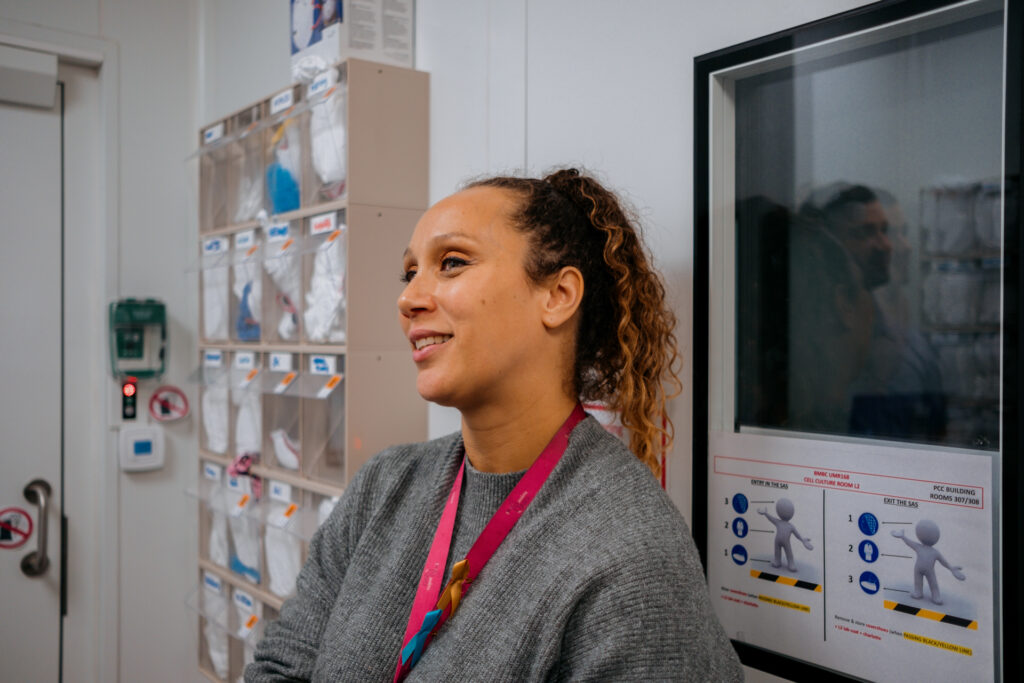
Dufour emphasized that AI is a tool and that the researcher or doctor or medical assistant always remains in control. “The scientific curiosity, the scientific exactitude is the know-how of a doctor or a researcher,” he said. “When we use a tool, it’s to speed up research, and anything the AI produces should be validated.” In addition, any Institut Curie data remains within the institute and isn’t used for training AI models.
Copilot for Researcher and any future tools aim to empower the Institut Curie’s most precious resource – its people – by speeding up mundane parts so they have more time for what’s most important.

